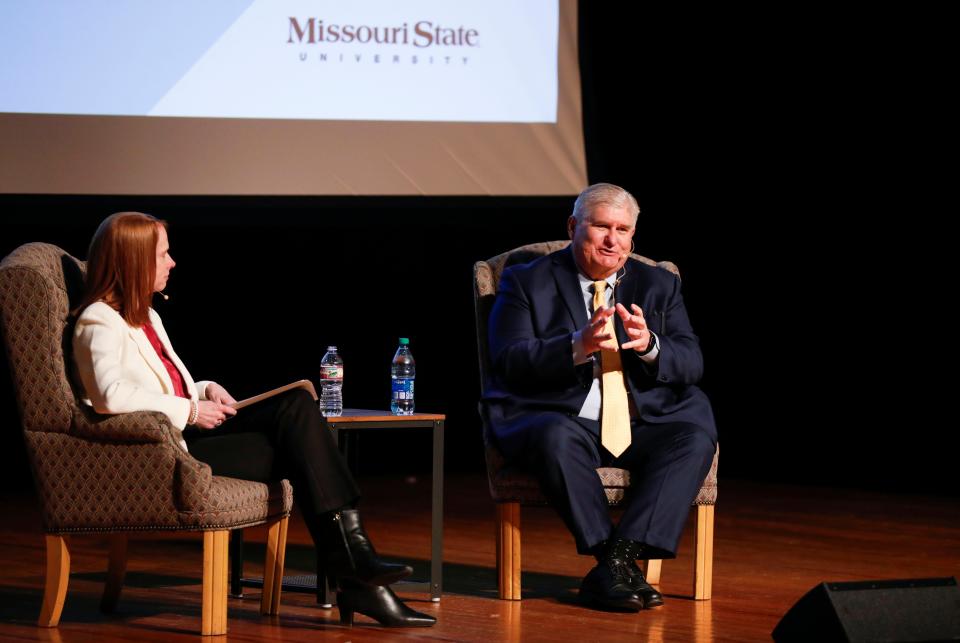Extreme temperatures are pummeling Phoenix as the heat dome continues to sit over the Southwest. On June 6, 2024, we saw record-breaking temperatures of 113 degrees Fahrenheit.
After last year’s searing summer, many Phoencians are hoping for a less intense season with more monsoon rain. But is it in the forecast?
That is debatable.
Regardless if it’s wet or dry, Arizona will see a monsoon season. After all, the Arabic root of the word monsoon connotes “wind” not “rain.” But for these seasonal winds to have enough moisture to produce rain all depends on how hot it gets before the monsoon’s arrival.
“We really need to get it really hot in June so we can start to build the monsoon ridge,” says state climatologist Erinanne Saffel, who spoke to the Valley 101 podcast team.
This probably makes you cringe but there’s a scientific reason for this.
What happens during a monsoon?
Warm air draws up moisture from the south around the Sea of Cortez and the Gulf of Mexico. That warm air is pulled northeast in a clockwise motion and forms what is called the “monsoon ridge.”
According to the Climate Assessment for the Southwest or CLIMAS:
“The core of the North American Monsoon region lies to the south along the coasts of Mexico, and storm activity begins there earlier in the season and acts to push the moisture further and further north. Once the moisture has moved into the Southwest, the position of the center of the monsoon high determines where thunderstorms will occur, and whether they will organize and form stronger, longer-lasting systems. Near the center of the high, storms are often suppressed; farther away, conditions can be more favorable. “
Will we see a wet monsoon?
Saffel says she expects this year to have a normal amount of precipitation.
“But we do know that our summer precipitation can be a hit or miss,” she adds. “So you can get your thunderstorm and your neighbor right down the street won’t get anything. So that’s what we deal with with our summer thunderstorms.”
How do monsoons start?
“To get our monsoon season starting,” Saffel says. “We usually need the monsoon ridge to build in the Four Corners region, an area of high pressure.”
She adds that high pressure is often described as a heat dome now, and that is part of generating that buildup monsoons need.
Still, residents need to take precautions when the temperatures are as high as they are.
It’s hot. But how does extreme heat affect us?
In this episode of Valley 101, we sat down with Erinanne Saffel, the state climatologist, to understand how monsoons form and how hot temperatures can be a good sign for rainier weather later in the summer.
Listen to the episode
There is an episode transcript available. Please note, that there might be slight discrepancies because of the AI used to transcribe the conversation.
Curious about the Valley?
Submit the questions you have about metro Phoenix for a chance to be chosen for the podcast.
Follow Valley 101 and all azcentral podcasts on Twitter and Instagram.
Listen to Valley 101 : Apple Podcasts | Spotify | Stitcher
Contact the lead producer at kaely.monahan@arizonarepublic.com. Follow her on Twitter @KaelyMonahan.
This article originally appeared on Arizona Republic: Arizona monsoon season: How the heat dome helps generate summer storms
Signup bonus from





